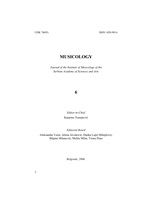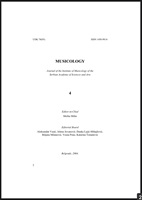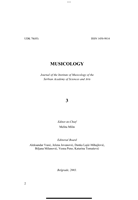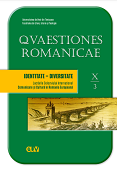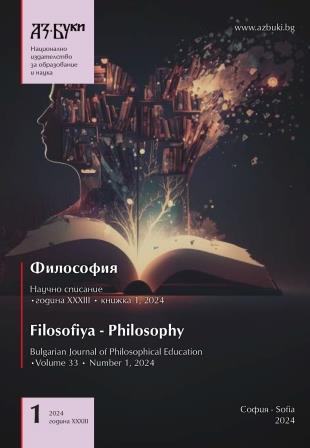Author(s): Aleksandar Vasić / Language(s): Serbian
Issue: 12/2012
The transition of the 19th into the 20th century in Serbian music history was a period of music criticism, journalism and essay writing. At that time, Serbian musicology had not yet been developed as an academic discipline. After WWI there were many more academic writings on this subject; therefore, the interwar period represents the beginning of Serbian music historiography. This paper analyses Serbian interwar music magazines as source material for the history of Serbian musicology. The following music magazines were published in Belgrade at the time: Muzički glasnik (Music Herald, 1922), Muzika (Music, 1928–1929), Glasnik Muzičkog društva “Stanković“ (Stanković Music Society Herald, 1928–1934, 1938–1941; from January 1931. known as Muzički glasnik /Music Herald/), Zvuk (Sound, 1932–1936), Vesnik Južnoslovesnkog pevačkog saveza (The South Slav Singing Union Courier, 1935–1936, 1938), Slavenska muzika (Slavonic Music, 1939–1941), and Revija muzike (The Music Review, 1940). A great number of historical studies and writings on Serbian music were published in the interwar periodicals. A signifi cant contribution was made above all to the study of Serbian musicians’ biographies and bibliographies of the 19th century. Vladimir R. Đorđević published several short biographies in Muzički glasnik (1922) in an article called Ogled biografskog rečnika srpskih muzičara (An Introduction to Serbian Musicians’ Biographies). Writers on music obviously understood that the starting point in the study of Serbian music history had to be the composers’ biographical data. Other magazines (such as Muzički glasnik in 1928 and 1931, Zvuk, Vesnik Južnoslovenskog pevačkog saveza, and Slavenska muzika) published a number of essays on distinguished Serbian and Yugoslav musicians of the 19th and 20th centuries, most of which deal with both composers’ biographical data and analysis of their compositions. Their narrative style refl ects the habits of 19th-century romanticism and positivism: in some of these writings the language also has an aesthetic function. Serbian interwar music magazines also published some archival documents contributing to the future research of Serbian music history. Interwar period in the then Yugoslavia was a time of rapid development and modernization in various fi elds of culture. There was a great demand for music writings of general interest. Therefore, Revija muzike (January – June 1940) was totally oriented towards the popularization of music and the arts (such as drama and fi lm). This magazine also published some popular articles on music history. Serbian interwar music periodicals were least active in the fi eld of musicological analysis. However, in 1934, Branko M. Dragutinović published a detailed analytic study of Josip Slavenski’s composition Religiofonija (Religiophonics) in Zvuk. There were also some interdisciplinary history articles in Serbian interwar music magazines. Being well aware of the fact that music history comprises not only music itself, but also music writing, schools, institutions and music life, our music writers used “indirect“ sources, such as literature and art, as well as music. Serbian interwar music periodicals opened many fi elds of research, thus blazing a trail in postwar Serbian musicology.
More...
